Timekeeping is an intricate dance of mechanics and artistry, each tick and tock resonating with centuries of human ingenuity. As gadgets evolve into smart devices that often overlook the charm and functionality of traditional watches, we find ourselves at a fascinating crossroads. “Tick Tock Trivia: Unraveling the Knowledge and Common Sense Behind Watches” invites you to delve into the world of horology—where precision meets passion. From the basic principles of how watches function to the rich history that has shaped our understanding of time, this article will awaken your curiosity and appreciation for these timeless instruments. Join us as we explore the trivia that underscores the craftsmanship, cultural significance, and practical wisdom surrounding watches—a journey that will surely spark new interests and perhaps even inspire your next timepiece choice.
The Evolution of Timekeeping: From Sundials to Smartwatches
The journey of measuring time has traversed remarkable innovations, beginning with the **ancient sundials** that tracked sunlight to signify the passage of hours. These simple yet elegant devices utilized the sun’s shadow cast by a gnomon, or stick, to divide daylight into manageable segments. As civilizations advanced, so did the complexity of timekeeping. Water clocks, or clepsydra, emerged as a solution for cloudy days and were soon followed by mechanical clocks in the Middle Ages. These artisans’ creations were powered by weights and gears, allowing for increased accuracy and ushering in a more structured understanding of time.
Fast forward to the present, where the realm of **smartwatches** amalgamates cutting-edge technology with the traditional function of telling time. More than just a glance at the hour, these devices integrate health monitoring features, communication tools, and applications that offer a wealth of information at our fingertips. Consider how modern timepieces have brought forth a blend of **functionality and style**, influencing our daily lives in ways once thought impossible:
| Timekeeping Method | Era | Key Feature |
|---|---|---|
| Sundial | Ancient Civilizations | Sunlight Tracking |
| Mechanical Clock | Middle Ages | Gear and Weight Mechanism |
| Smartwatch | 21st Century | Integrated Technology |
Understanding Watch Mechanics: A Deep Dive into Movement Types
The heart of any watch lies in its movement, often referred to as the “caliber.” Understanding the various types of movements can elevate your appreciation for horology. Broadly speaking, watch movements can be categorized into three main types: **mechanical**, **automatic**, and **quartz**. Each type boasts its own distinctive characteristics, charms, and complexities. Mechanical movements, revered for their artistry, rely on a winding mechanism powered by a mainspring. Automatic movements innovate this concept by incorporating a rotor that winds the mainspring with the motion of the wearer’s wrist, eliminating the need for manual winding. In contrast, quartz movements leverage battery power and a quartz crystal to maintain accuracy, providing a refreshing blend of reliability and low maintenance.
When exploring these movement types, one may encounter terms that further delineate their mechanics. Here are some key features distinguished among movement types:
- Power Reserve: The length of time a watch continues to function once wound.
- Beats Per Hour (BPH): Refers to the frequency at which the movement oscillates, with **28,800 BPH** marking a high-quality timepiece.
- Complications: Additional functionalities beyond basic timekeeping, including date displays or chronographs.
To provide a clearer perspective on these movements, here’s a concise comparison table highlighting their unique qualities:
| Movement Type | Power Source | Accuracy | Maintenance |
|---|---|---|---|
| Mechanical | Mainspring | +/- 10-30 seconds per day | Requires regular winding and servicing |
| Automatic | Rotor/Mainspring | +/- 5-10 seconds per day | Less frequent servicing, depends on use |
| Quartz | Battery | +/- 15 seconds per month | Battery replacement every 1-5 years |
Practical Tips for Watch Enthusiasts: Caring for and Choosing the Right Timepiece
For those passionate about horology, the care and selection of your timepiece are paramount. To extend the life of your watch and maintain its precision, consider these **essential tips**:
- Regular Maintenance: Schedule a professional service every 3-5 years, depending on the watch’s complexity.
- Proper Storage: Keep your watch in a cool, dry place, ideally in a dedicated watch box or winder to prevent dust accumulation.
- Water Resistance: Always check the water resistance rating before exposing your watch to moisture, and have gaskets replaced as needed.
- Cleaning: Gently clean your watch with a soft, lint-free cloth regularly to remove dirt and oils.
When it comes to choosing the perfect timepiece, personal preference and functionality are key. Factors to consider include:
| Feature | Recommendation |
|---|---|
| Style | Match your watch to your lifestyle—elegant for formal occasions, rugged for outdoor adventures. |
| Movement Type | Choose between quartz for accuracy, automatic for craftsmanship, and manual for tradition. |
| Brand Reputation | Research brands known for reliability and customer service to ensure a worthwhile investment. |
In Summary
As we conclude our exploration of “Tick Tock Trivia,” it’s clear that the world of watches extends far beyond mere timekeeping. Each ticking second carries with it a story, a blend of craftsmanship, history, and the evolution of human ingenuity. Whether you’re a seasoned horophile or just someone who appreciates the occasional glance at your wrist, understanding the nuances of these timepieces deepens our appreciation for their role in both our lives and society at large.
So the next time you find yourself mesmerized by the rhythmic ticking of your watch or drawn to the intricate design of a vintage piece, remember: you are not just witnessing time; you are engaging with a rich tapestry of knowledge, culture, and even common sense that has persevered across generations. As we move forward into an age of smart technology and digital interfaces, let’s not forget the timeless art and trivia that remind us of where we’ve been—and perhaps where we’re going. After all, life is but a series of moments, and each one deserves to be cherished, just like a beautifully crafted watch. Tick tock!


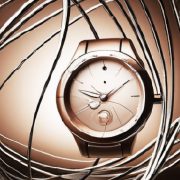
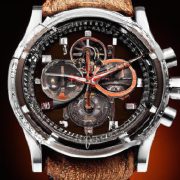
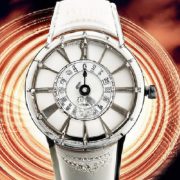
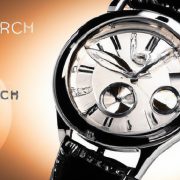
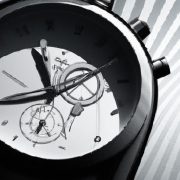
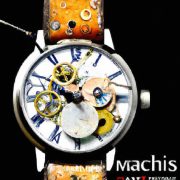



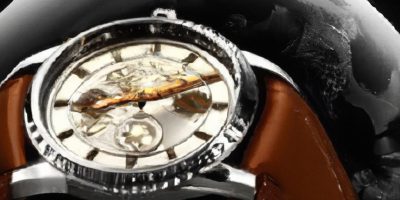




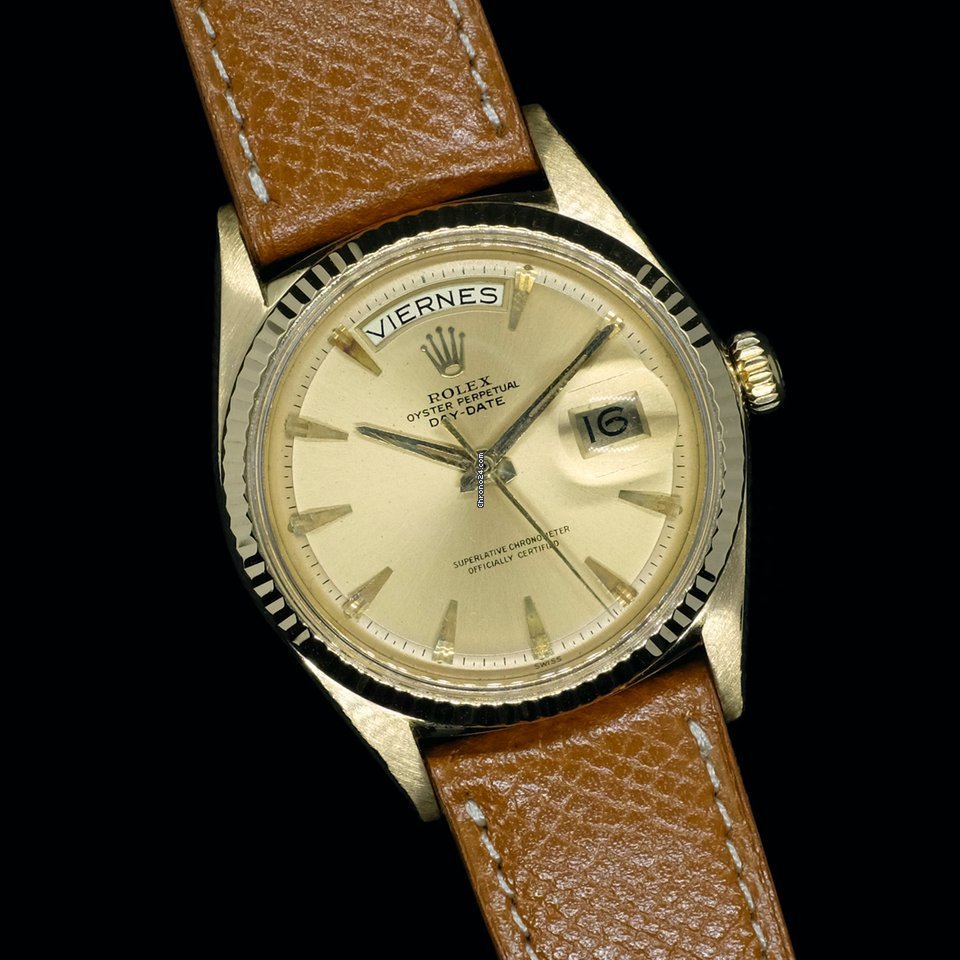
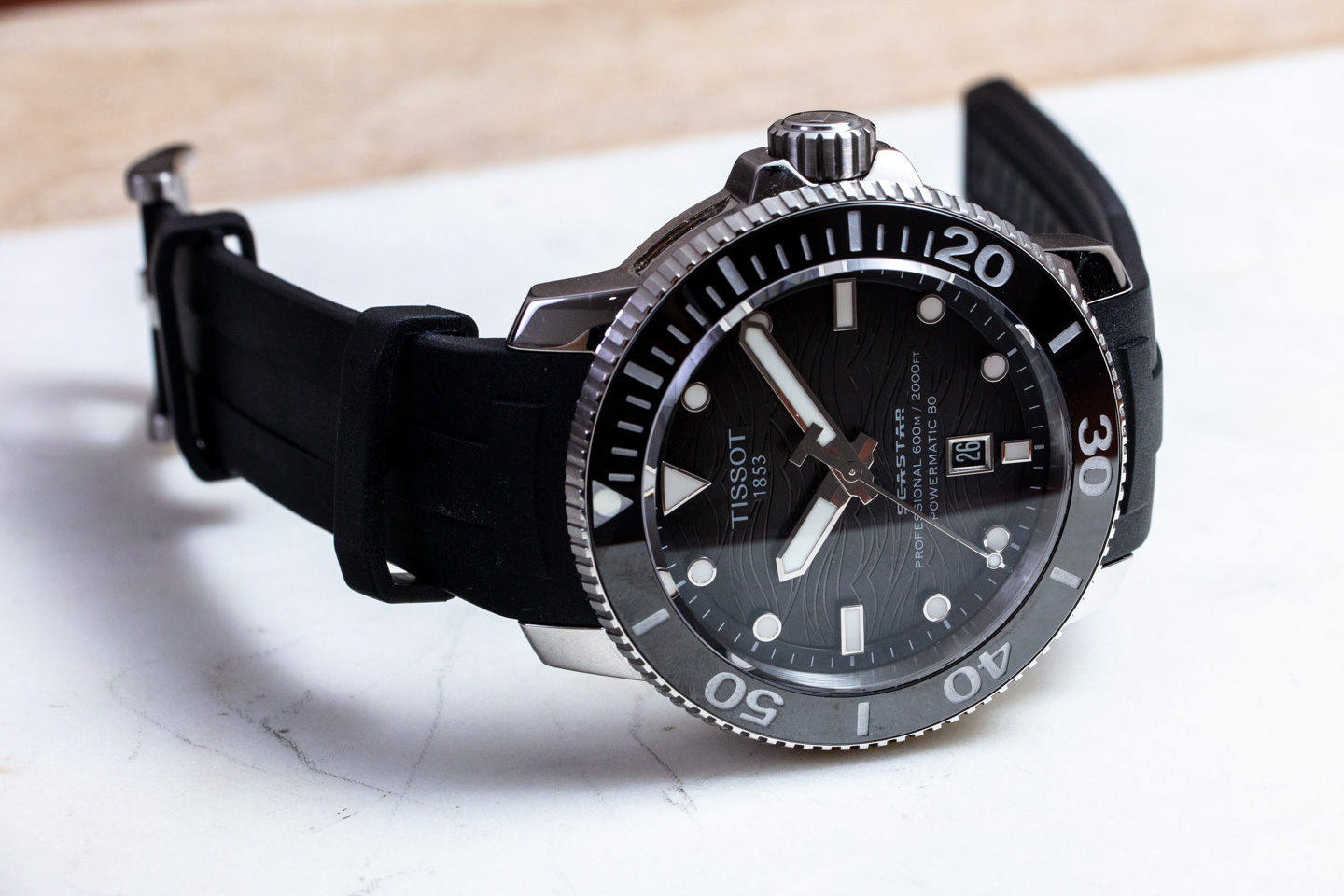
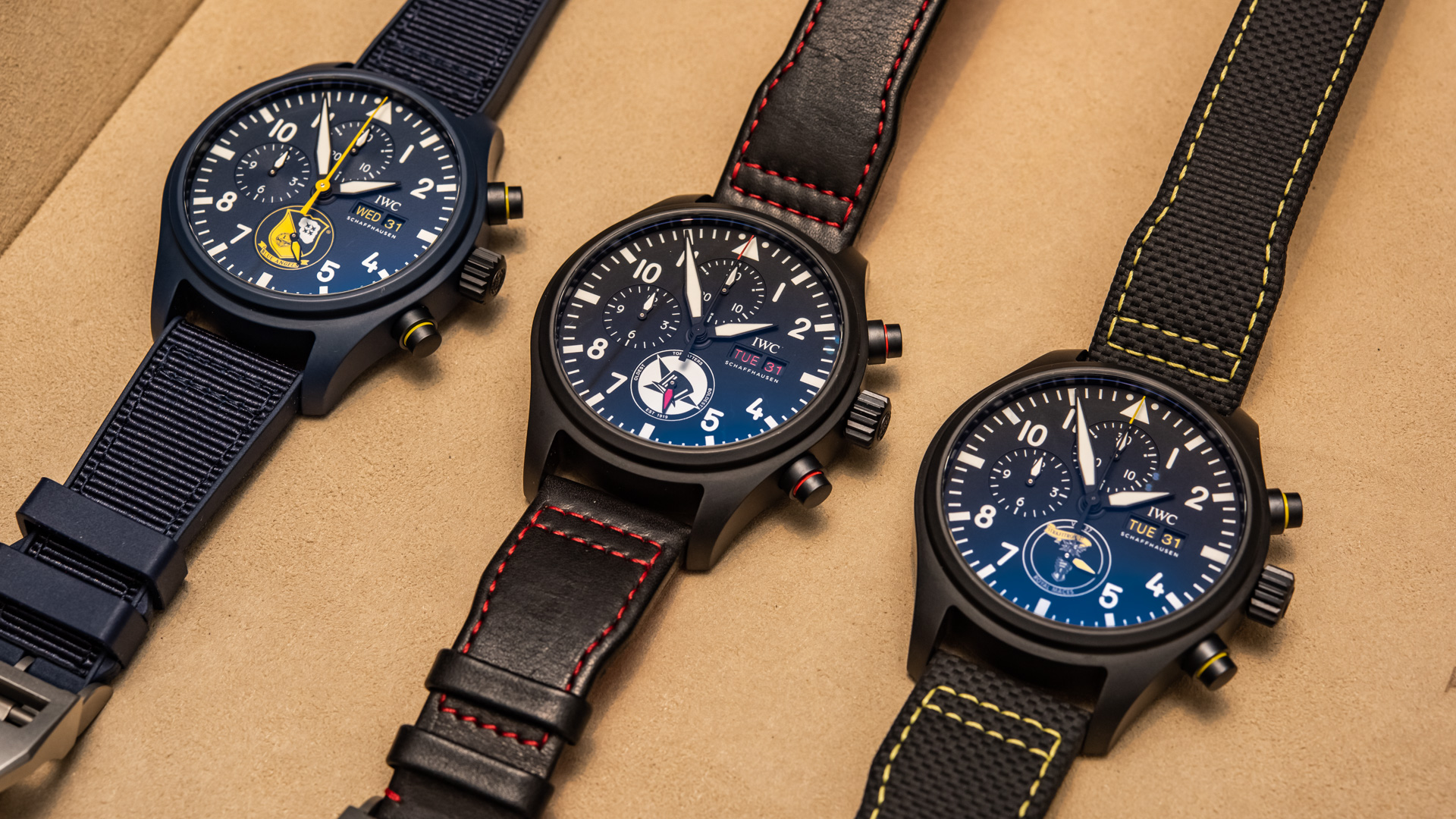
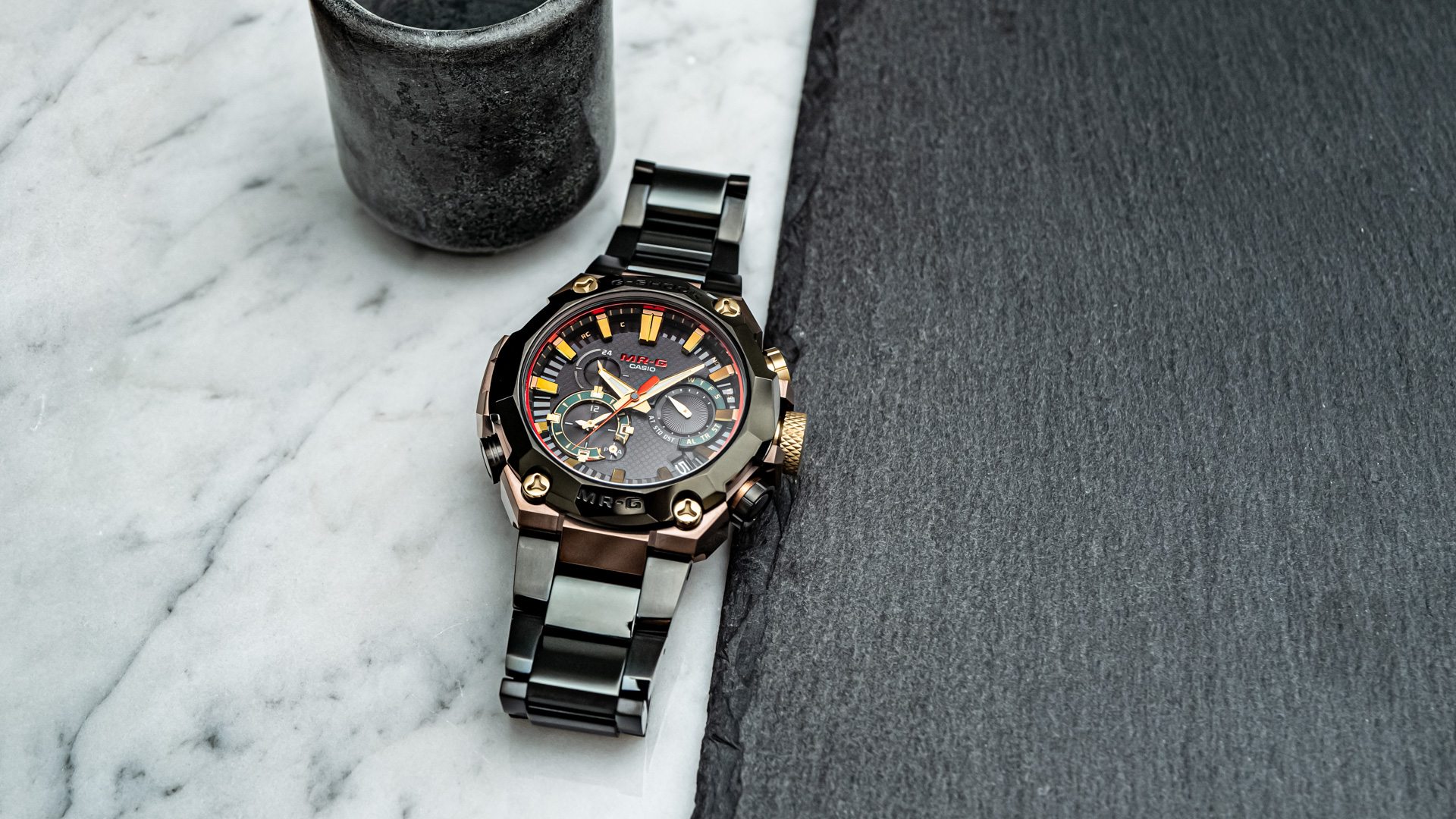


Comments